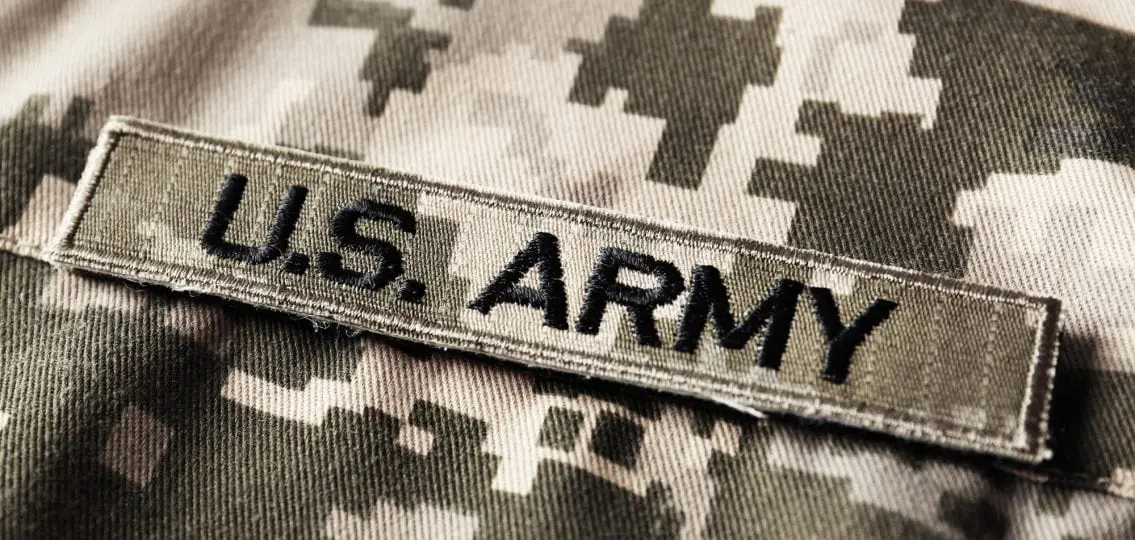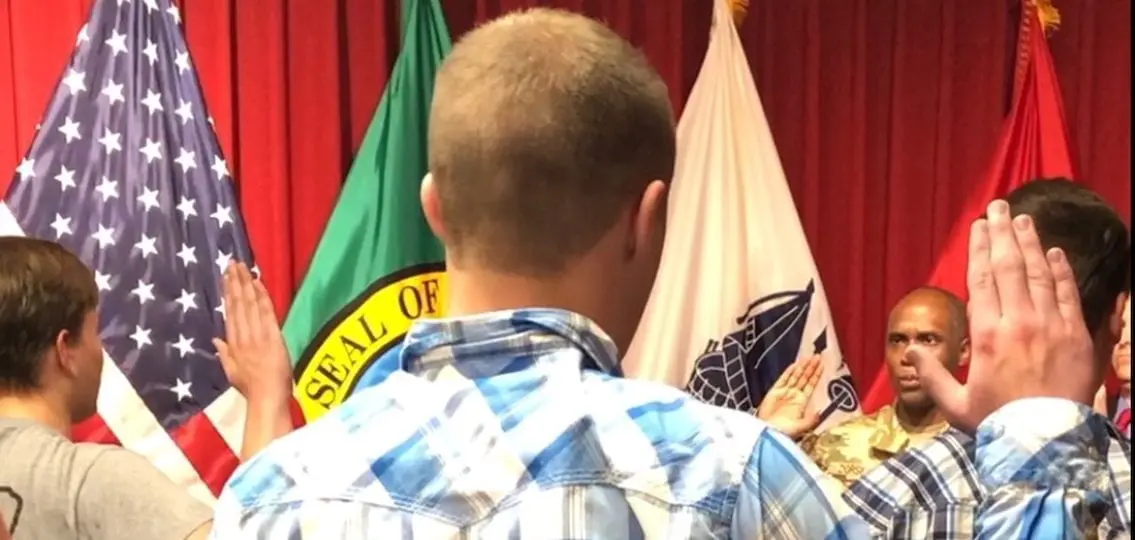Joanne Thompson’s son, Kevin, first became interested in government service the summer before tenth grade.

“He went to a camp at American University,” Thompson recalls. “It was about national security or something like that. When we picked him up he said, ‘I would stay here forever doing this.’”
By the time Kevin was a senior in high school, he had decided to look at ROTC colleges to pursue a career in the U.S. Navy. “His senior year, he had two Plan A’s,” says Thompson. “One Plan A was the U.S. Naval Academy, and the other Plan A was the Navy Reserve Officers Training Corps (NROTC).”
Today, Kevin is a NROTC student at Virginia Tech University, where he’s studying systems engineering. His NROTC scholarship pays tuition, books, and fees.
“When he graduates, he’ll commission as an ensign in the Navy,” says Thompson. “He will serve five years at a minimum. And he’s proud to do so.”
The ROTC Path
For high-school students interested in pursuing a career in the military after graduating from college, the Reserve Officers Training Program (ROTC) has long been a popular way to go.
These college-based programs—offered by the U.S. Army, Navy, and Air Force— allow students to earn a bachelor’s degree while also receiving training to prepare them for military service. Most ROTC students (who are called cadets, aka officers in training) receive scholarships to help pay for college. When they graduate, they are commissioned as officers and are obligated to serve from three to four years of active duty, depending on which branch of the military they go into. ROTC officers serve in all branches of the military; in any given year, about 30 percent of newly commissioned active-duty officers are graduates of ROTC programs.
The Army, Navy, and Air Force run their own ROTC in college scholarship programs. Not surprisingly, there is stiff competition in all three branches for ROTC scholarships that cover full tuition, fees, and books for four years. “For the Air Force, these represent about five percent of all ROTC scholarships,” says Capt. Daniel Work, a U.S. Air Force Recruiting Flight Commander for the Air Force ROTC unit at Ohio’s Bowling Green State University. “They are extremely competitive.”
[adrotate banner=”37″] Each branch requires a minimum GPA and SAT/ACT score to apply; some majors are favored over others—engineering, for example. There may also be a physical requirement—and like any other college scholarship program, a student’s extracurricular activities also come into play. Students interested in applying for ROTC scholarships can get detailed information, including deadlines, on the websites for the branch of service they’re interested in.
In addition to applying for a ROTC scholarship, students must apply separately and be accepted to colleges where that scholarship can be utilized. In other words, the college must have a ROTC unit for the service you’re applying to. About 1,700 colleges and universities in the United States host ROTC units. The Army and Air Force both have around 1,100 campus programs; the Navy has around 150.
There are also less competitive types of ROTC scholarships. For example, the Air Force offers a Type 2 scholarship of up to $18,000 a year, and the Army, Navy, and Air Force offer scholarship programs for students who join ROTC after they’ve already been in college for a year or two.
It’s also possible to try ROTC for two years (typically freshman and sophomore year) without committing to serving in the military. These students do not receive any ROTC scholarship funding and are under no obligation to serve until they are formally contracted. This happens when they (1) accept an ROTC 2 year scholarship or (2) when they reach the stage of becoming a professional officer candidate (typically junior year).
“It’s a risk free trial for two years,” says Work. “It lets them see what the Air Force is about. And there is no commitment before junior year, so if they don’t like it, they can drop it.”
Indeed, at the end of the day, ROTC is about a commitment to serve in the U.S. military. “Low-cost college is not the reason to do this,” says Thompson. “You have to want to be in whatever service you want to be in.”

For Thompson’s son, being part of ROTC in college is going well so far. “He works really hard,” she says. “He’s learned some really good leadership skills. He’s now a sophomore and more confident. It’s been fun to watch.”




